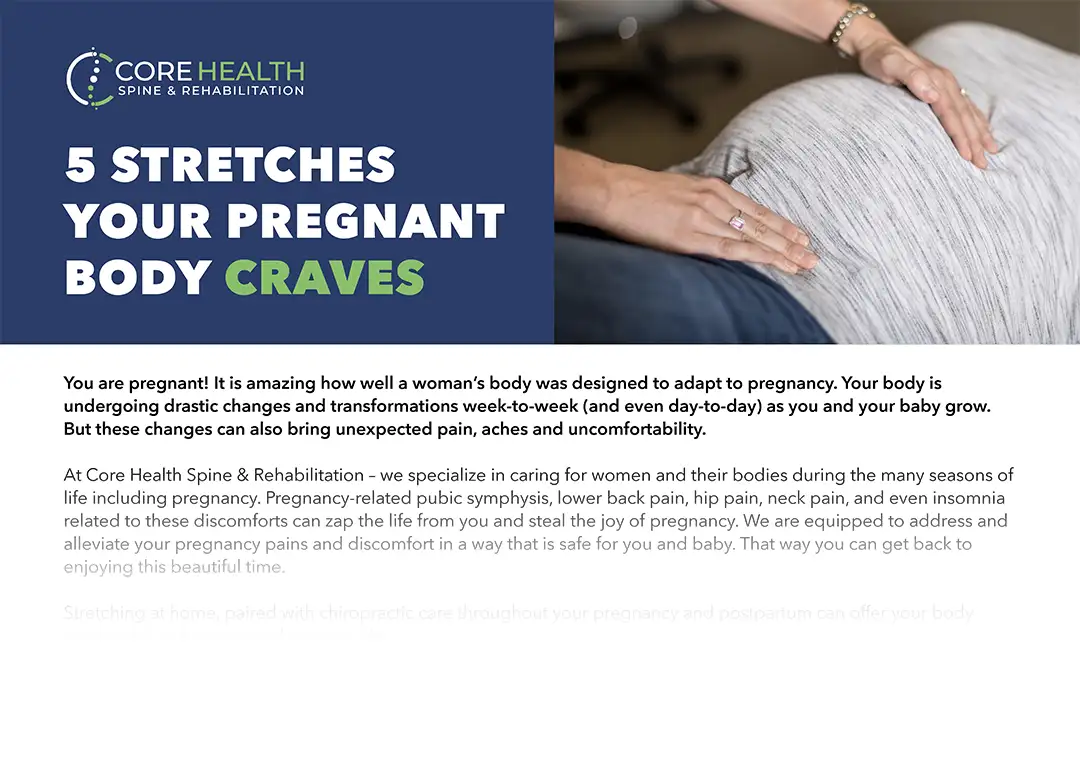Text Neck Relief: 6 Tips to Prevent and Alleviate Neck Pain

What are the chances you are reading this from your smartphone? You might already have spent long hours on your phone without a break, perhaps experiencing discomfort in your neck.
That is text neck pain, a condition that has emerged alongside our reliance on technology. Today, text neck is particularly prevalent among students and people who work from home. Over time, it can lead to long-term damage to the cervical spine.
Don’t let that happen. Keep reading this blog to learn six practical tips for preventing text neck pain.
Common Causes of Text Neck
The average person’s head weighs about 10–12 pounds. Each inch you move your head forward doubles the pressure on the neck and spine. The added strain may lead to muscle fatigue, pain, and discomfort in the neck.
According to DataReportal, the average American spends over seven hours per day online, more than three times as long as the recommended screen time of two hours per day. Often, we use our phones in a posture that strains the neck and spine. Prolonged smartphone use and poor posture lead to text neck pain.
As screen time grows, so do the cases of text neck and its associated problems. Let’s explore six strategies for text neck pain treatment and prevention.
How to Prevent and Relieve Text Neck Pain
1. Set Up an Ergonomic Workspace
One of the underrated factors in reduced productivity in the workplace is pain caused by poor posture. A proper ergonomic setup can prevent text neck and promote proper spine alignment and support, boosting your productivity.
First, you must choose a chair that allows you to sit upright and support your back. It helps maintain proper posture, aligning your head over your shoulders.
The position of your keyboard relative to your shoulders is also essential for maintaining proper nerve and vascular flow to the arms. Your elbows should naturally bend without reaching too low, which can pull your neck forward. You can further optimize your workspace ergonomics by considering ergonomic accessories such as laptop stands or monitor arms.
If you use dual screens, their positioning is critical. Frequently looking at one screen while turning your head can lead to muscular imbalances. Instead, position the screens to avoid excessive head turning and ensure your whole body moves instead.
2. Practice Posture Awareness Techniques

Being aware of your posture and making conscious adjustments can alleviate the stress placed on your cervical spine, reducing pain and promoting better spine health.
To maintain good posture while on your device, consider the following tips for different scenarios:
- While Sitting. Keep your hips and shoulders back against the chair for proper support. Make sure the screen is at eye level; move your eyes, not your head, to view the screen. Keep your feet flat on the floor and your knees at a 90-degree angle.
- While Standing. Place the screen at eye level and keep your shoulders relaxed and down to prevent hunching. Distribute your weight on both feet.
- While Walking. Do not use your device while walking. Doing so puts more pressure on your spine than when you’re standing. If you must use your device, stop and stand still, maintaining proper posture as described above.
When you forget these tips, it's good to have technology to aid you in remembering. Several apps are available that send postural cues and reminders throughout the day. They alert you when you’re slouching or spending too much time in one position, prompting you to adjust your posture and take breaks as needed.
3. Be Mindful of Your Device Use
Being mindful of how much time you spend on your devices can significantly reduce the risk of developing this condition and other related health issues.
To effectively manage your screen time, start by using your device's built-in features to track and report your usage. Review this information regularly to identify where and how you’re spending time on your device and take steps to reduce excessive usage.
In addition, consider scheduling screen-free hours (or even days, if you’re up to it) to give your neck and eyes a much-needed break. Use this time to engage in healthier activities such as reading a physical book, going for a walk, or spending time with friends and family.
4. Perform Neck-Strengthening Exercises

Neck-strengthening exercises alleviate text neck pain by targeting the muscles that support the cervical spine. These exercises help improve posture, reduce muscle imbalances, and increase the neck's stability, ultimately reducing strain and discomfort.
Incorporate the following exercises into your routine:
- Pigeon Neck. This exercise counteracts the forward head position often associated with text neck. Slowly pull your chin back so that your head sits between your shoulders. Focus on elongating the neck and engaging the muscles at the base of the skull.
- Chin Tucks. This exercise strengthens the neck muscles and promotes proper alignment of the cervical spine. Gently tuck your chin towards your chest. Keep your neck straight and avoid any forward movement of the head.
- Chest Openers. This exercise strengthens the muscles of the upper back and the shoulders to support the neck. Stand with your feet shoulder-width apart and your hands clasped behind your head. Widen your elbows until you feel a gentle squeeze in your shoulder blades.
- Cervical Spine Decompression. This exercise alleviates tension in the neck. Place a rolled-up towel behind your neck or clasp your fingers behind your head. Gently pull the towel or your hands toward the ceiling to create traction on the cervical spine.
Consistency and proper form are key when performing neck-strengthening exercises. Start with a few repetitions of each exercise and gradually increase as your strength and flexibility improve.
5. Get Regular Chiropractic Adjustments
Chiropractic care is a complementary treatment option for alleviating text neck pain. Through manual adjustments, chiropractors realign the spine and improve joint function, which can help reduce tension and inflammation in the muscles surrounding the cervical spine.
Incorporating chiropractic adjustments for text neck pain into an integrative treatment plan can enhance its effectiveness and provide long-term relief. Combined with other modalities, such as physical rehabilitation and exercise, chiropractic care can address multiple aspects of text neck. This comprehensive approach not only targets symptoms but also addresses the root causes of text neck, helping to prevent recurrence and promote optimal neck health.
Find a qualified and experienced chiropractor who can provide safe and effective treatment. Make sure they are licensed. Additionally, seek recommendations from people who have had positive experiences with the chiropractor.



